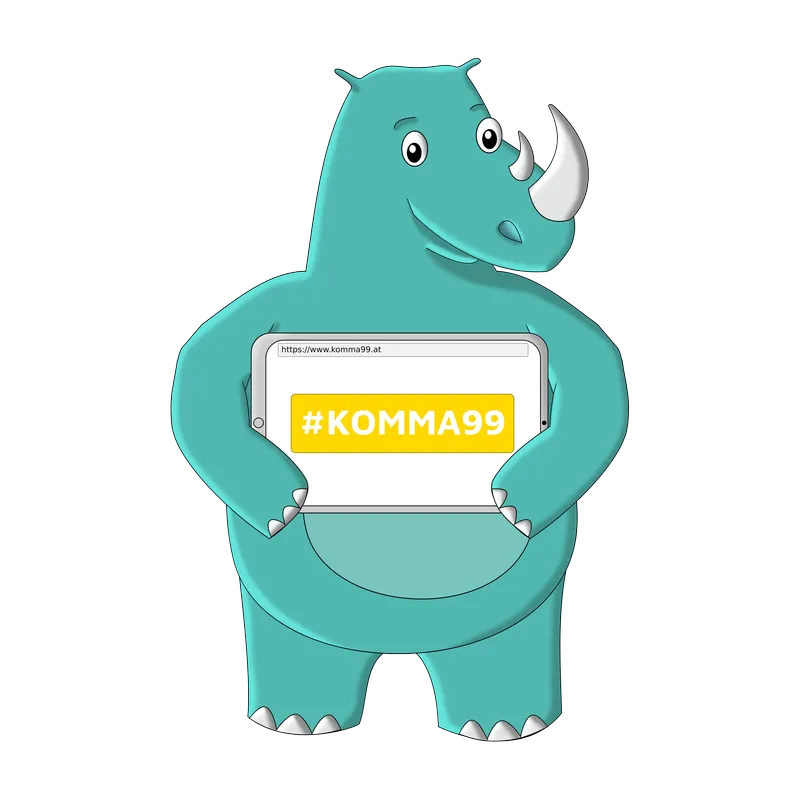What is a sitemap?
A sitemap is the map of your website for search engines like Google.
The sitemap is a list of all existing pages and their contents (all URLs) of your website. It represents the structure of the different directories, as well as the hierarchy of the subpages (Information architecture) and serves as an overview for search engines and the users themselves. For webmasters and SEO specialists, the sitemap is an important tool to communicate with search engines like Google, for example, to indicate how often the content of a web page is updated. A sitemap can be submitted in the Google Search Console.
Different formats of the sitemap - how to submit them?
There can be more than one sitemap for your website.
The classic sitemap represents an overview of the website's pages - however, a sitemap can also refer to images or videos, or sitemaps can be created for individual categories or subgroups.
The link of the HTML sitemap has been gladly added to the home page itself in already past days. This was a popular SEO strategy to increase the internal linkbuilding for thewebsite for Google. It served not only for search engines, but also for the user as navigation through the website. In this case, the HTML sitemap was also used for internal search.
Due to the constant progress, the application of websites for the user has also changed and thus the usefulness of sitemaps. For the user, the sitemap is no longer necessary in this day and age due to the increasingly easy-to-use websites. An XML sitemap is a process that runs purely in the backend - i.e. it is not visible to the users of the website and is therefore only directed at search engines.
Image and video sitemap can also be created with the help of XML files. It is difficult for the Googlebot and other crawlers to understand the information and content of videos and that of images - therefore the information is transmitted to the Googlebot and other search engines with the help of metadata in the sitemaps. In the best case, the video from your website can then be found in the video search. Of course, this also applies to image content. Every XML sitemap must contain comprehensible and complete paths to subpages.
An XML sitemap, as well as an HTML sitemap, provide the search engine with an index of all pages, so to speak, and thus simplify indexing. HTML as well as XML sitemaps give Google an indication of which URLs of a website are important and these URLS are then crawled and indexed.
On the one hand you can store the sitemap per URL in the robots.txt file and on the other hand you can also store the URL of the XML file directly in the Google Search Console . With the help of the Google Search Console, you can also submit individual (sub-) pages or specifically a URL and thus point the Googlebot to it.
When is a sitemap important?
The more extensive a website is built, the more essential is the role of a sitemap.
The correct use of sitemaps is important for the indexation of a website, because this supports the Googlebot in crawling. For new websites and the corresponding weak linking, the sitemap helps the Googlebot to crawl all subpages and the complete website.
Especially in SEO: How to use sitemaps for search engine optimization?
First of all, it should be said that a sitemap is not a requirement to have a good website or to achieve great rankings. It is only recommended to create a sitemap and submit it to Google Search Console. The XML sitemap is an important tool for webmasters in the SEO field to influence the crawling of search engines - you can speed up the process. A sitemap creates a clear overview of which pages exist and should be indexed by Google.
However, sitemaps need to be maintained and updated. It is recommended to remove old sitemaps and keep the formats up to date.







